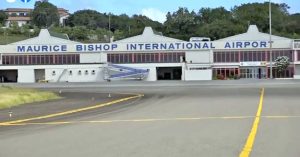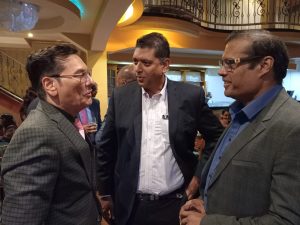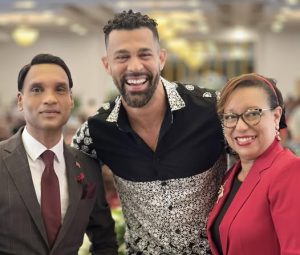By Ravi Nanga
OVER the past few weeks we looked at the Case Management Conference and explored some of the usual orders that were made during this hearing.
This week we will look at the extensive powers that a court possesses when managing a matter before it. Before the coming into effect of the Civil Proceedings Rules, civil litigation was plagued with delays and the pace and course of a matter was largely dictated by the parties.
During the course of a matter, applications that were filed could be listed before a number of different judges and due to the nature of how the courts operated, many months could have gone by before an application was actually heard and determined.

Once all the preliminary steps were addressed and the matter was ready for trial, the matter went before a registrar of the court, who would ensure that the matter was ready for trial and would then set the matter down for trial.
Thereafter, the matter was assigned to a judge via a cause list, who then fixed the matter for trial.
Given that court time was limited, although a matter was fixed for trial, in the event another trial was proceeding on the date that was fixed, the new trial was at risk of being adjourned and being placed on another cause list, thereby delaying the matter.

The Civil Proceedings Rules were passed and implemented in order to address the inefficiencies of the old system and as indicated in past articles, once a matter is filed, it is automatically assigned to a single judge.
The matter will remain with that judge from the start of the matter up until the matter is determined at trial. This way, the court dictates the pace of the matter and ensure that the matter is dealt with and heard in an efficient manner.
In order for a judge to properly determine a matter, he has been given wide powers under the Civil Proceedings Rules and he uses these wide powers in order to efficiently deal with the matter.
In dealing with a matter a judge is required to follow the overriding objectives of the rules. These overriding objectives enable a judge to deal with cases justly. This involves ensuring that parties are placed on an equal footing as far as is possible, to save expense, to deal with cases proportionately, to deal with the matter expeditiously and to allot an appropriate amount of resources in hearing and determining the matter.
At the case management conference, the judge is required to identify the issues for determination at an early stage, decide which issues can be dealt with immediately and which issues require a trial to be determined, encourage the parties to explore alternative dispute resolution, for example mediation, encourage the parties to co-operate so that the matter can be dealt with efficiently, make use of appropriate technology, give directions to ensure that the matter proceeds to trial quickly and efficiently and ensure that no party gains an unfair advantage.
Before the Covid-19 pandemic, the court did not have much opportunity to make use of appropriate technology, however, there was still some attempt to use technology in order to deal with matters. For example, if a judge was sitting in Port-of-Spain and he also had a matter to deal with in San Fernando or Tobago, he utilised video conferencing facilities in order to deal with the matter, where he was in Port-of-Spain and the parties were either in San Fernando or Tobago, without the need for the judge and all the parties involved to be in a single location.
Further, on occasion if an attorney was absent, the judge was able to telephone the attorney and deal with the matter over the phone.
In addition, with the use of video conferencing facilities, where a witness resided abroad, once the judge was satisfied that it was appropriate for the witness to give evidence via a video link, that system was also utilised, so that obviated the need for a foreign witness to travel to this country to simply give evidence.
Having to deal with the Covid-19 pandemic and ensure that the wheels of justice did not grind to a halt, the court made further strides in embracing technology in order to hear and determine matters. With the courts being closed, judges began to hear matters remotely, where links were sent out to the parties, so that attorneys and the parties were able to be in separate locations and the court at a different location, and the matter was heard virtually via Microsoft Teams.
Further, in order to minimise contact where possible, persons are now able to file court documents online by visiting the court’s web-site and provision has even been made for service of such documents via email. The hearing of matters has extended to dealing with full trials remotely, where witnesses give their evidence via the computer.
Given the challenges created by the pandemic, the courts have now fully embraced the use of technology in order to hear and determine matters, with very little to no impact being made by the pandemic to the dispensation of justice.
As can be appreciated, the courts have come a long way in being able to hear and determine matters, and now, the courts have fully embraced modern technology in order to achieve its purpose.
Ravi Nanga is an attorney
[Please note that this article is intended only to provide general information on the topic being addressed and should not be taken as providing legal advice. In order to be properly advised it will be necessary for an attorney to examine the relevant documents and obtain the necessary instructions before properly advising as to rights and obligations.]
![]()












